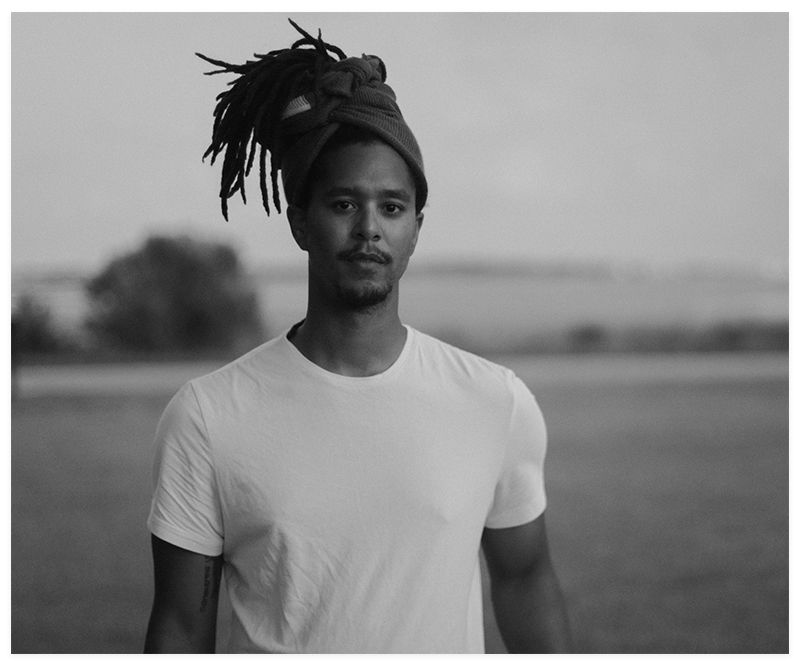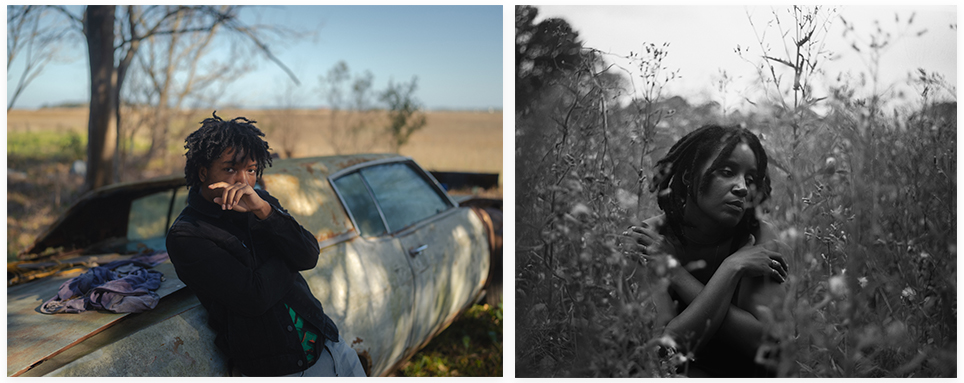Parks’s residency at the Gibbes Museum of Art begins in late October

Joshua Parks, a photographer, filmmaker, and cultural worker with family roots on Sol Legare Island, begins a residency at the Gibbes Museum of Art this month.
While earning a bachelor’s degree in political science at Howard University, Joshua Parks worked at a Black-owned bookstore called Sankofa, an Akan word that refers to the importance of learning from the past to build the future. The owners, legendary Black filmmakers Shirikiana Aina and Haile Gerima, and the diverse intellectual vibe of Sankofa opened a new world of possibilities for Parks.
After graduating, Parks, who grew up in Florida, came to Charleston, where he has generational family roots, to pursue a master’s degree in public history at the College of Charleston. He was the principal photographer for the Green Book of South Carolina, a travel guide to African American cultural sites in the state. His photos and short documentaries have been shown in museums and cultural centers, including the International African American Museum. Parks is also the founder of the Lowcountry Arts Movement, which strives to connect Black artists. Here, he shares the details of his upcoming residency at the Gibbes Museum of Art and how he discovered the power of film and photography to tell stories and uncover truths.

(Left to right) Wadmalaw Island (digital image, 2023) Hosie on Sol Legare Island (digital image, 2022) both from Parks’s “The Lowcountry Collection”
History Lessons: My family had robust photo collections from the ’50s and ’60s, and I loved looking through them. My uncle Ernest Parks is a local historian, and he would discuss our history in a way that was relevant. The more you interrogate and investigate your own history, the history of the world, and where you live, the more you learn the truth.
Film as Art: One of the first films that made me want to make films was The Battle of Algiers; it was shot in 1960, and it’s about the resistance of the Algerian people to French colonialism. The way it’s shot, it looks like you’re watching it as it happens. It’s an uncompromising story of resistance, and it made an impression on me. I realized those are the stories I’m interested in telling.
Impactful Images: It’s important for people to tell their stories. My people weren’t given the privilege to tell their stories; it was intentionally distorted or taken away. Now, we’re on a mission to really learn our history, and images are an important medium. You can learn a lot about people going through a photo archive versus what someone says about them, maybe someone who didn’t have their best interests at heart. Go look at photos of an era and build your own narrative.

Parks photographed portraits for “The Lowcountry Collection,” including (left) 2022’s Adair on Sol Legare Island and (right) Blue in Wiggins, South Carolina, shot on film in 2023.
The Lowcountry Arts Movement: We are a nonprofit building an ecosystem of Black artists and cultural works, connecting them nationally and internationally. We’re looking for funds so we can start doing programming and workshops and producing films.
Current Projects: I’m the cinematographer for High Water, a film my friend Tyquan Morton wrote. It’s a short, Charleston-based narrative film. For the Gibbes Museum residency, I’m thinking about doing studio portraiture documenting everyday working Black Charlestonians—taking people off the street, people that nobody pays any mind to, and bringing them into the studio.